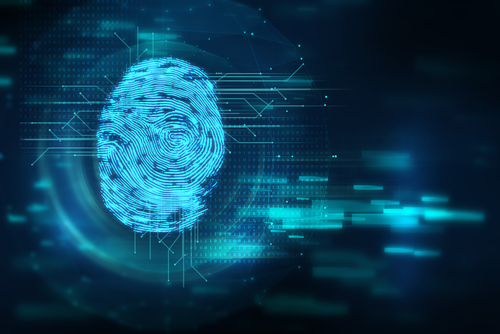
More banks are investing in cutting edge identification techniques, such as biometric technology, in a bid to better protect and identify customers against fraudulent transactions.
Banks including HSBC have been ushered to take on tougher regulatory regimes for customer identification, such as using biometrics as identification requirements, as technological developments have led to more cyber criminals posing as customers in transactions.
Higher expectations including ‘know your customer’ rules and anti-money laundering regulations have been put in place for financial institutions, as many increase investment in technology and compliance to regulations.
These expectations have been harder to implement than first though, as the implementation of GDPR is just around the corner. Banks must now reassess the ways they collect data in order to identify fraud transactions, such as using biometrics as confirmation of granting data to be shared. Traditionally, banks would be able to ‘grab’ data from different areas to identify if the customer has actually carried out the transaction themselves.

Biometric technologies have since been seen as an integral way of identifying individuals accurately, without the need for customers to physically come into store to identify themselves. This technology makes it easier for both customer and banks to carry out the procedures for identity fraud.
“Technological advancements will allow the ‘know your customer’ process to become more standardised and structured. Intelligent automation, artificial intelligence and machine learning can all now be applied to the process,” Derek Ryan, a partner in Deloitte’s forensic practice, said according to the FT.
The developments in technology have led to ID software being deployed for many banks, such as biometric protection. The use of fingerprints, or even facial recognition have been included within many banking applications today to better protect users and help banks identify fraud transactions.
Additionally, the use of technologies such as blockchain also has the potential to positively impact customer identification. The ethos of blockchain being an open transaction platform, which explicitly displays the owners of funds and transactions, can also prove a benefit for banks to identify fraudulent transactions more easily.
Gemalto banks on Biometrics for payments
Consumers favour the technology over passwords
Why biometrics will soon be ‘the norm’
Other elements of technology slowly entering the banking sector include the use of ChatBots, which will further help identify and provide services for customers away from the bank itself. The ChatBots will have an extensive library of data, which will help identify customers much quicker than a worker would be able to and reach the root of the problem quicker.
The use of biometrics has been favoured by consumers over the use of passwords, according to a survey, therefore banks are more likely to gain the trust of customers using the technology. Therefore using biometrics is beneficial for both the customer and organisation, as it makes identification and transactions much quicker to carry out as well as a much trusted technique for both to carry out.






